Category: life extension – Page 454
Today’s episode is a special one—we begin a new season of X10 with a new co-host, who will quiz Giuliano and Nicola on depictions of life extension in fiction
How well will they do, and is life extension accurately portrayed in popular fiction? Let’s find out!
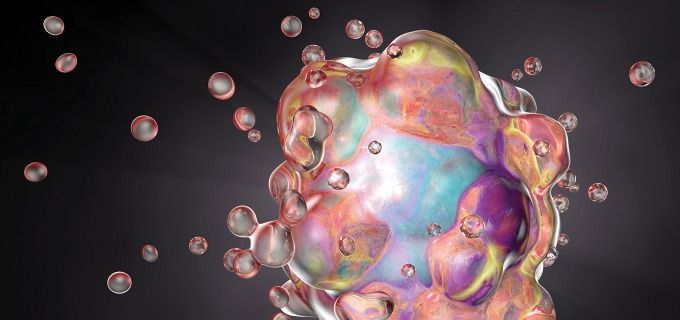
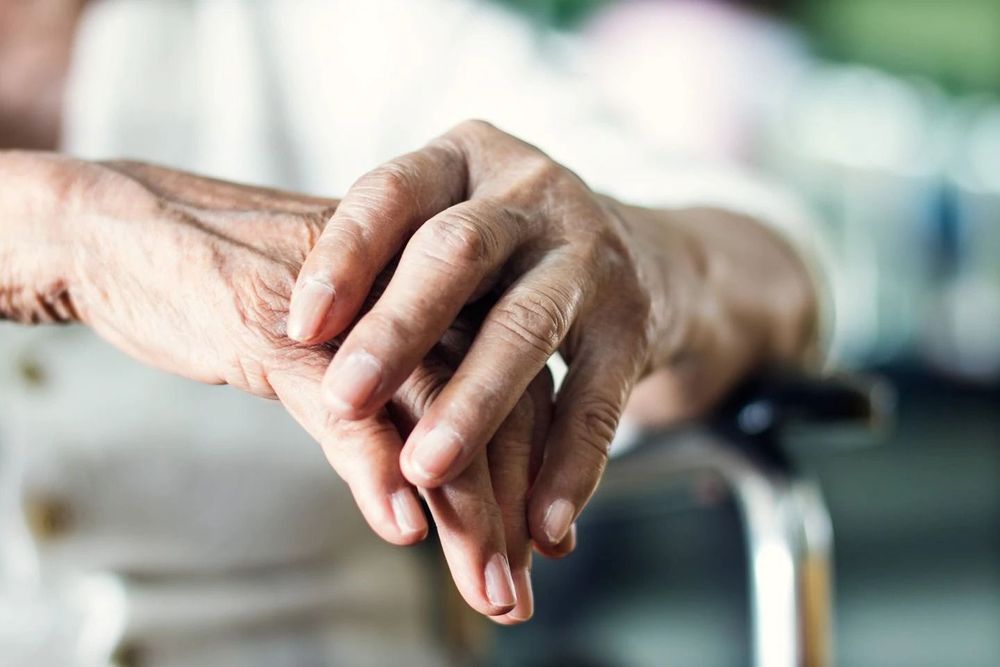
‘Transhumanist’ eternal life? No thanks, I’d rather learn not to fear death
While the transhumanism movement is making progress, it isn’t without its skeptics. Some don’t think it will ever work the way we want it to, because it asks science to turn back a natural process of aging that has an uncountable number of manifestations. Critics of anti-aging research envision any number of dystopian futures, in which we defeat many of the causes of death before very old age, leaving only the most ghastly and intractable — but not directly lethal — maladies.
Lest you think this concept is limited to snake-oil salesmen and science-fiction writers, the idea that aging is not inevitable is now in the mainstream of modern medical research at major institutions around the world. The journal Nature dubbed research from the University of California at Los Angeles a “hint that the body’s ‘biological age’ can be reversed.” According to reporting by Scientific American on research at the Salk Institute for Biological Studies: “Aging Is Reversible — at Least in Human Cells and Live Mice.”

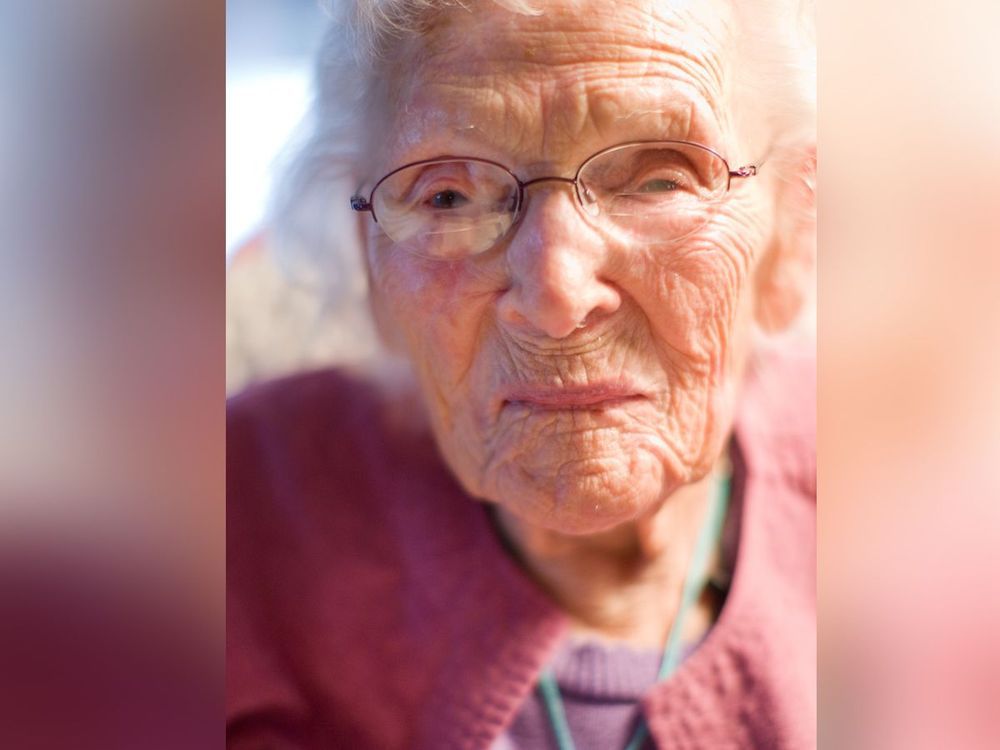
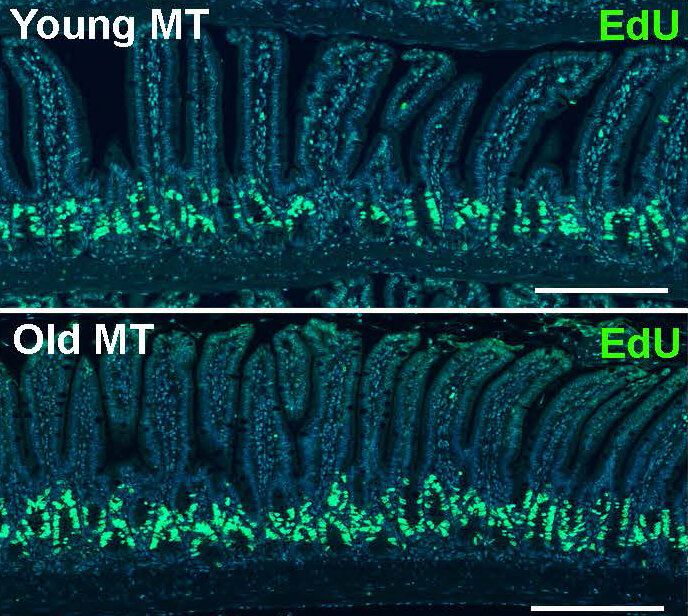
Bacteria in the gut may alter aging process, study finds
This could be happening to me.
An international research team led by Nanyang Technological University, Singapore (NTU Singapore) has found that microorganisms living in the gut may alter the aging process, which could lead to the development of food-based treatment to slow it down.
All living organisms, including human beings, coexist with a myriad of microbial species living in and on them, and research conducted over the last 20 years has established their important role in nutrition, physiology, metabolism and behavior.
Using mice, the team led by Professor Sven Pettersson from the NTU Lee Kong Chian School of Medicine, transplanted gut microbes from old mice (24 months old) into young, germ-free mice (six weeks old). After eight weeks, the young mice had increased intestinal growth and production of neurons in the brain, known as neurogenesis.
A debate between Vadim Gladyshev and Aubrey de Grey
I HAVE not heard of or seen this Debate-video??? I thought poor Doctor Aubrey de Grey had shot with “escape velocity” let us say past debates about the probability-guarantee of ending aging. Vadim has his beliefs and yet his beliefs are wrong. {As I have stated and have posted memes for many years that state “WHO IN SCIENCE IS CORRECT??? THE SCIENTISTS WHO ARE WRONG OR THE SCIENTISTS WHO ARE RIGHT??? De Grey is correct as am I. I am a mere data researcher solutions analyst {Yet very dedicated.} So with my dedication I have taken the data of Mankind and found all causes of aging and I have found a cure sitting in data.}.
Is comprehensive damage repair feasible? A debate at Undoing Aging 2019 between Vadim Gladyshev, Harvard Medical School and Aubrey de Grey, SENS Research Foundation.
Connect with Undoing Aging:
Videos: https://www.undoing-aging.org/videos
News: https://www.undoing-aging.org/news
LinkedIn: https://www.linkedin.com/showcase/12631536/admin/
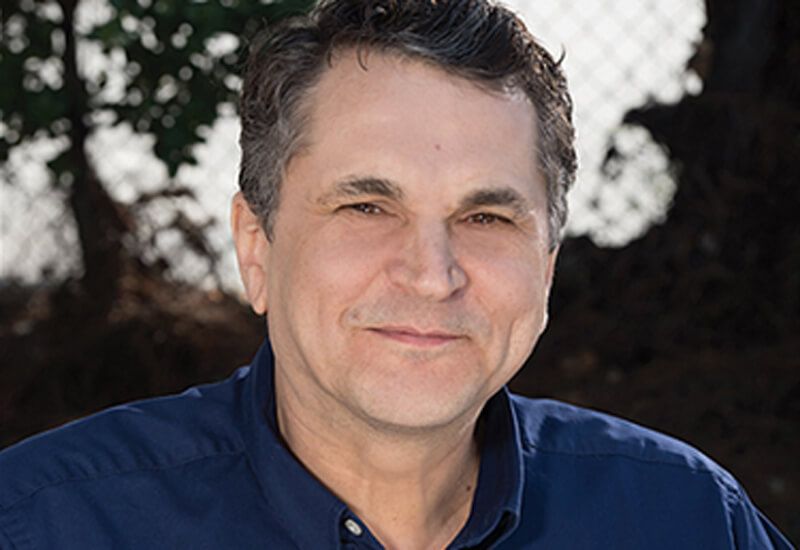
Kizoo Technology Capital leads seed round financing at Underdog Pharmaceuticals
MOUNTAIN VIEW, Calif., Nov. 14, 2019 (GLOBE NEWSWIRE) — Underdog Pharmaceuticals, Inc. (Underdog), and SENS Research Foundation (SRF) today announced the launch of Underdog and the completion of its seed round, providing $3.95 million to promote Underdog’s development of disease-modifying treatments for atherosclerosis and other age-related diseases. SRF also announced two senior appointments.
The Underdog round is led by Michael Greve’s Kizoo Technology Capital, part of the Forever Healthy Group and one of the premier organizations focusing on accelerating rejuvenation biotechnologies. It also includes Oculus co-founder Michael Antonov through Tubus, LLC, and financier Harald McPike through Chambray Worldwide, Ltd.
Underdog was built from an SRF flagship program that has driven two years of applied development designed to explore and repair the underlying causes of cardiovascular disease. Its co-founders are Matthew O’Connor, Ph.D. and Michael Kope, formerly the V.P. of Research and the founding CEO, respectively, of SRF.